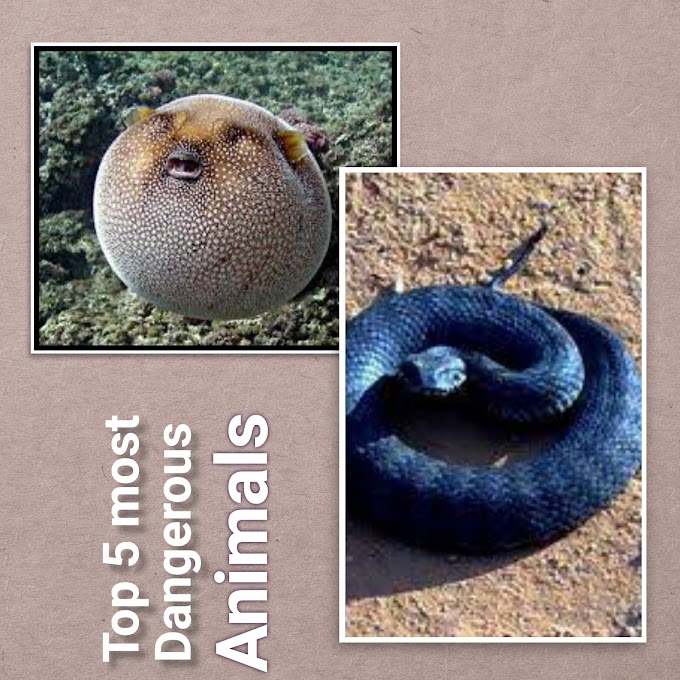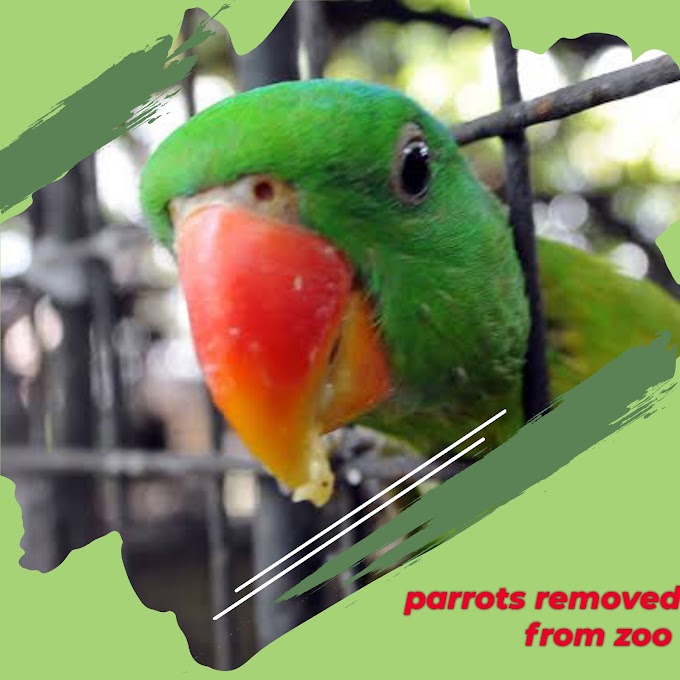cool bug facts mostly people don't know
Bugs It is estimated that there are about 10 quintillion bugs on the Earth!
That’s a 10 with 18 zeros behind it! If you took all those bugs and divided them between every person on Earth, each person would have over 2,000 bugs each! But most people don’t want to have 2,000 bugs living in their home.
We often think that bugs are pests. We don’t like ants crawling on our food during a picnic, or flies and bees that buzz by our head. And maybe it freaks you out to see a spider in your house? But bugs aren’t here just to annoy and scare you. Each of those 10 quintillion bugs living in our world has a purpose. Insects are living organisms. Though they are much smaller than a typical animal, they too are animals. Some insects might be over seven inches long while others can only be seen under a microscope.
A person who studies insects is called an entomologist. “Entom” comes from a Greek word that means, insects. And “ology” is the study of something. When we put those two words together, we get “entomology” or, the study of insects. As you learn about insects, let’s see if entomology might be something that you’re interested in. Let’s take a look at some of the things that insects have in common: First -Their bodies are made up of three sections: head, thorax, and abdomen. Grasshoppers, moths, butterflies, ants, mosquitoes, bees, and other insects have the same three sections.
Second -All insects have a pair of antennae on their head, and six legs attached to their thorax. Third -All insects are born from eggs. The young or baby insects are called nymphs. Nymphs are born with an outer covering which is replaced after birth by something called chitin. Chitin is an insect’s exoskeleton. It is a strong material that helps protect the insect. This growth process is called molting. Their eyes help them see things all around them not just in front, like your eyes. They also can see things that move very quickly. Fifth- Some insects can fly, and their wings are connected to their thorax. There are several categories of insects. One is called: social insects. A social insect is an insect that lives in colonies with a lot of other insects of the same type. Bees, ants, termites and wasps are all social insects.
To be a social insect you must fit into the following three groups: The first is called: Integration, which simply means the insects all live together. A beehive is one example of this. There can be anywhere from 10,000 to more than 60,000 bees in one hive! Another group is called: Division of labor, which means they each have a special job to do. A queen bee lives for several years. One of her jobs is to lay a lot of eggs. A queen bee can lay around 2,000 eggs a day! That’s a lot of eggs to make in a single day. She also produces a special scent. When the worker bees can smell her scent, they know she is near, and they continue working. Do you ever find yourself getting side-tracked from a job that your mom might have given you, if she isn’t right next to you? Well, when the queen gives off her special scent, the worker bees know she is home and they keep working. But, if they don’t smell her, they think she is gone, and then they think they need to start laying the eggs. This isn’t their job, it’s hers. So, to keep them focused, the queen releases a smell that reminds them that she is home, and to keep doing their jobs. The worker bees are all female. They live for only a few short months.
Their job is to feed the queen, collect pollen and nectar, make beeswax, keep the hive clean, and to defend it. The male bees are called drones. Their job is to mate with the queen so she can lay the eggs that make more baby bees. The third group of social insects is called: Overlap of generations. That simply means both young and old live in the colonies together. Many insects live on their own, but social insects live and work together in large groups. They do this to build homes as well as to help them survive. But insects don’t just ensure their own survival. They help us too. Many are beneficial to the environment in several ways: Bees can deliver “good” bacteria to plants, which help protect them from diseases caused by bad bacteria and fungi.
Bees also pollinate flowers and spread seeds, which helps more flowers and plants grow. They produce delicious honey for you to eat, as well as wax for candles. Most bugs are part of the arthropod family, which includes insects and spiders. Do you think it’s gross to eat a bug!? Well, some people pay a lot of money at a fancy restaurant to eat one! Many people might not realize that crab, lobster and shrimp are all insects. Spiders are also insects. They have exoskeletons and lay eggs like other insects, but they have some unique traits as well. Spiders are part of a group called Arachnids. Arachnids also include scorpions, mites, and ticks. Unlike insects with three body parts, Arachnids only have two main body sections called: the cephalothorax and the abdomen.
Arachnids have eight legs, which is two more than an insect. And “simple” eyes, instead of compound eyes. They do not have antenna or wings either. Spiders bodies have something called a spinneret which produces silk. They use the silk to spin their webs and to catch their prey. Female spiders make cocoons out of their silk to hold and protect their eggs. When those eggs hatch, the young spiders are called spiderlings. Some arachnids and insects, like ticks, can cause harm to humans and other mammals, but many are not dangerous. Even though some spiders are poisonous, most are harmless to humans and animals. They are actually beneficial to our environment in several ways. For example, they help control the pest population in gardens and your home by eating the other bugs that live there. Spiders are the food for birds, reptiles and some small mammals.
Some spider venom is even used for medicine. Spider silk is used to make artificial fibers like those used in bulletproof vests and parachutes. One kind of arachnid is called “harvestmen”, which you might know as “daddy longlegs”. Though they may look like a spider, they are actually more like a scorpion. They both have two body parts which are joined together as one. They do not produce venom or silk. And most “daddy longlegs” eat plants and small insects. Spiders have been around for a long time. Scientists have even found preserved spiders that date back about 2 million years. So, don’t get your hopes up that they’re going to disappear anytime soon. Try to remember that many different species of spiders and insects, often called bugs, can also be very beneficial. So, are you ready to become an entomologist? .













